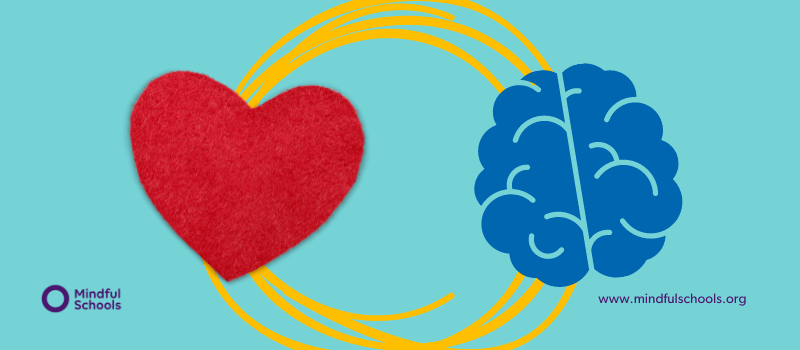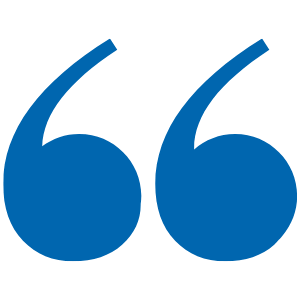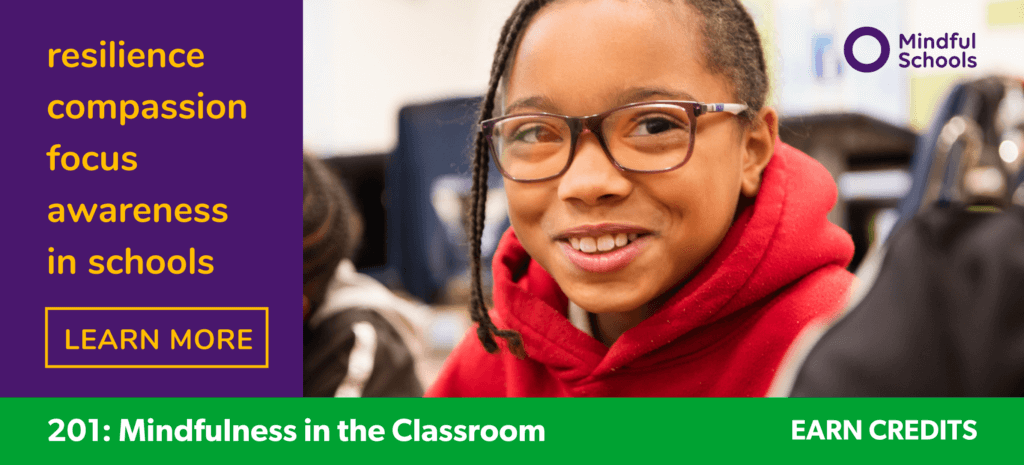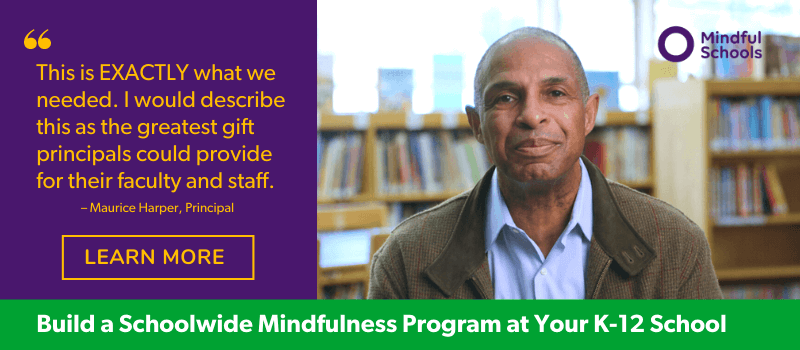You’re teaching your students a social emotional learning (SEL) lesson about conflict resolution, and students are engaging in role plays where they identify how they are feeling and practice working out a conflict. Then they head out to recess, and immediately are fighting over who gets to go first on the swings. Sound familiar?

Consider this classroom scenario…
You’re teaching your students a social emotional learning (SEL) lesson about conflict resolution, and students are engaging in role plays where they identify how they are feeling and practice working out a conflict. Then they head out to recess, and immediately are fighting over who gets to go first on the swings.
When your students are back in the classroom, you ask them, “I’m wondering – why didn’t we use our conflict resolution skills we just practiced to solve that problem?”
Blank looks. Shrugs. A student finally offers, “I was just too mad. I couldn’t think straight.” (1)
Does that sound familiar?
For our students to access a sense of calm, in addition to their problem-solving skills, when they are in an argument on the playground, they need to have first practiced finding regulation when their system is more relaxed and at ease.
This is why mindfulness and social emotional learning (SEL) programs can be a powerful component of your school curriculum and culture.
What is the difference between mindfulness and SEL? And which approach is the best fit for my school?
The terms “mindfulness” and “social emotional learning” (SEL) are so often used together or interchangeably that the differences between the two, and which approach is most suited to your school’s population and existing initiatives, can be left behind. We’ve offered some clarifications about the practices below to dispel any misunderstandings.
Outside-In versus Inside-Out
What is social emotional learning? The Collaborative for Academic, Social, and Emotional Learning (CASEL) defines SEL as a process to acquire and apply the knowledge, skills and attitudes to develop healthy identities, manage emotions, achieve goals, and cultivate empathy, supportive relationships, and responsible decision-making. (2) This “outside-in”(3) approach usually involves instruction from an adult who utilizes a curriculum to help students build skills in recognizing emotions and navigating social interactions with care and compassion.
What is mindfulness? At Mindful Schools, we define mindfulness as being present in the moment here and now, paying attention to our thoughts, bodily sensations, and external environment with kindness, nonjudgment, and curiosity. Mindfulness can be seen as an inside-out approach that teaches strategies and techniques (such as noticing sounds, body sensations, or the breath) to calm the nervous system and bring executive functioning back online. Through this process, students build a foundation for social emotional and academic learning to take place.
Bring Mindfulness to Your K-12 School
Access the Mindful Schools K-12 Curriculum, complete teaching kit, and comprehensive training to nurture attention, focus, self-regulation, and social emotional wellbeing.
Mindfulness is a powerful first step
SEL programs sometimes encourage students to “stop” or “calm down” before acting in a stressful situation, but they often don’t explicitly teach the skills for this crucial first step. That’s where mindfulness comes in. While a mindfulness program also likely involves a formal curriculum, it’s taught by an educator who embodies mindfulness and can support students in developing critical skills for self-regulation.
Most adults and children experience levels of stress or dysregulation in their nervous systems throughout the day, whether caused by the minor stressors of daily life, or by more pervasive and persistent trauma such as racism or abuse. When a person is in a state of stress, functioning of critical parts of the brain is inhibited, making it hard to access information (such as the skills learned from an SEL curriculum) in the moment that they are most needed. Mindfulness practices, as taught through the Mindful Schools K-12 Curriculum, empower students to pause and find regulation so they can meet challenging moments with greater skill.
Survey results from educators who participate in Mindful Schools trainings show:
Educator Results
90% report lower stress and greater self-compassion
82% connect better with their students
89% of their students improve emotional regulation
83% of their students improve focus
Student Results
89% improve emotional regulation
83% improve focus
76% demonstrate greater compassion
79% improve engagement
Which approach is best for your school?
The answer is most likely a combination of both. Mindfulness can be an integral part of the school and classroom culture, giving students (and adults!) opportunities to practice simple yet powerful strategies throughout their day. As an addition to an existing SEL program, mindfulness supports educators and students to act in alignment with their best intentions and values.
Nurturing the wellbeing of your school can take time, but it doesn’t need to be an overwhelming “to-do” on your list. At Mindful Schools, our approach is to help schools find a solution that is grounded in mindfulness practice, builds on the strengths and values of the community, integrates into existing initiatives, and ultimately, cultivates joy of learning and wellbeing. Read more about our support for schools here, and we wish you the best in creating a mindful, heart-centered community!
Build a Mindfulness Program at Your School
“This is EXACTLY what we needed. I would describe this as the greatest gift principals could provide for their faculty and staff.”
– Maurice Harper, High School Principal


